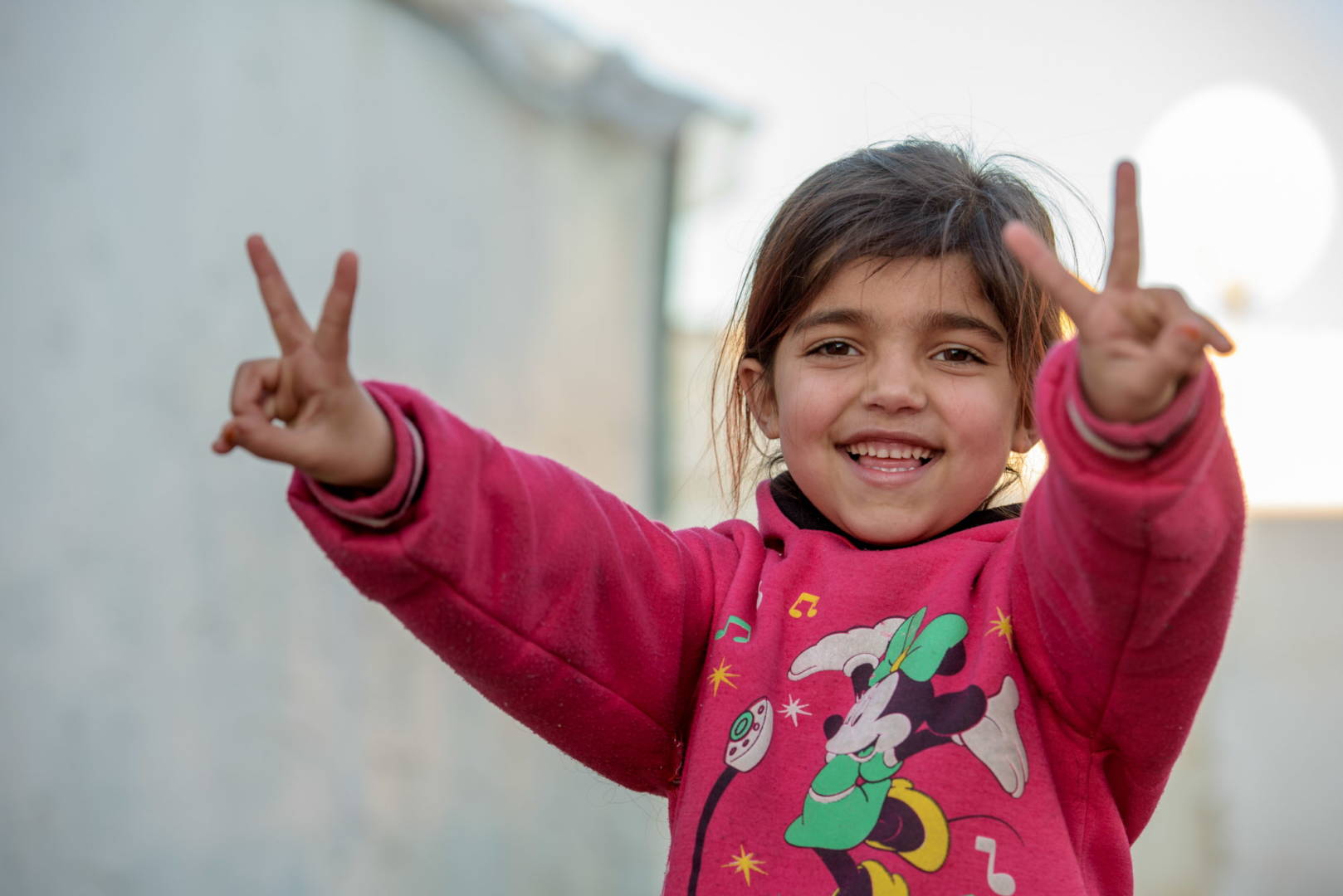In a year filled instability in several places, let’s celebrate five huge humanitarian wins from 2016 that should make us hopeful for the future.
1. Congress passes Global Food Security Act
Congress passed a historic and bi-partisan Global Food Security Act July 6, reaffirming the United States’ commitment to ending hunger and child malnutrition around the world.
The legislation will beef up global food-security strategy, prioritizing agriculture development, particularly among smallholder farmers. It builds on the successes and lessons learned from the government’s existing Feed the Future initiative.
During the build-up to the congressional vote, World Vision advocates sent nearly 6,000 emails, phone calls, and tweets to key members of Congress to help get the bill passed. Its passage has far-reaching impact on some of the most vulnerable families around the world.
“The Global Food Security Act is a major victory for [those] who advocated for the bill and care about empowering people to lift themselves out of poverty,” says Rich Stearns, World Vision U.S. president. “But the real victory is for the children and families like those we serve around the world. Our impact and investments in the thousands of communities where we work will be leveraged by the Global Food Security Act. These families will have access to greater economic opportunities and nutritious foods to energize their minds and bodies.”
2. Launched: Global Partnership to End Violence Against Children
This year marked the launch of the Global Partnership to End Violence against Children, an effort among humanitarian development agencies to make the world safer for children by 2030.
Currently, a child dies every 5 minutes as a result of violence. About 120 million girls and 73 million boys have been victims of sexual violence, and almost 1 billion children experience physical punishment on a regular basis.
The initiative seeks to build political will, accelerate action among lawmakers, and improve collaboration between governments and leaders who provide services for children. It includes groups like UNICEF, World Bank, World Health Organization, USAID, PEPFAR, CDC, and others.
World Vision sits on the executive committee representing civil society groups.
“For the first time, governments, U.N. agencies, nonprofits, and civil society groups are coming together to declare a joint purpose and strategy for eliminating violence against children by 2030,” says Matthew Stephens, World Vision’s senior technical adviser for child protection programs.
3. Polio eradication closer than ever
As the year winds down, polio is in the fewest places and at the lowest numbers ever. With vigilance, it could be eradicated in 2017. The virus known for its literally crippling effects on children is holding out in parts of just three countries: Nigeria, Pakistan, and Afghanistan. The number of cases worldwide has decreased from as many as 350,000 in 1988 to just 34 this year, the World Health Organization says. World Vision has helped combat polio, supporting or carrying out massive immunization campaigns in Somalia and Syria in recent years.
4. World Humanitarian Summit refocuses on putting people first, improving efficiencies
About 9,000 heads of state, government representatives, and civilian and aid agency leaders from 173 countries met in Istanbul in May to share knowledge and devise a new way forward in the fight against poverty and injustice. They came away refocused on creating systems that put people first, reduce dependency, and reduce cost of doing development business. Participants pledged toward a new emergency schooling fund aimed at raising $3.8 billion, as well as a deal between major donors and agencies to save up to $1 billion by more efficiently administering aid.
“This summit has truly been a unique opportunity for the global community to take responsibility to place people first: to secure their safety, to uphold their dignity, and to provide opportunities for a better future,” Secretary-General Ban Ki-Moon said in his summary of the summit. “Now our task is to transform that solidarity into action.”
World Vision leaders attended high-level meetings at the summit and have helped children and youth from underserved areas gain a voice in the international development arena.
5. World Vision serving 1 million people each month affected by Syrian and Iraqi conflicts
War is raging in Syria and Iraq. Hundreds of thousands of people were newly displaced in 2016. But World Vision staff in the region were able to maintain a humanitarian response that reached more than 1 million people monthly in the second half of 2016—an effort not possible without steady support from donors worldwide and partner organizations on the ground.
In September alone, we reached 623,000 people in Syria with clean water and sanitation services; 302,000 people in the Kurdistan Region of Iraq — near Mosul — with food assistance; and almost 118,000 people in Lebanon with cash transfers and clean water and sanitation services. We’re also partnering with churches throughout the region to help them address displaced families’ needs.
Our Syria refugee response continues into 2017 as needs persist.


